
In construction, dirt is more than material — it’s one of the most overlooked cost drivers on any project. Between hauling fees, disposal costs, trucking delays, backorders, and rising material prices, even a small mismatch between supply and demand can produce massive financial waste. But as jobsite data becomes more accessible and digital platforms improve visibility, the industry is beginning to unlock a new model: the dirt exchange economy.
The Hidden Cost of Dirt Imbalance
Most jobsites have one of two problems:
- Too much dirt and nowhere to put it, or
- Not enough dirt and no fast, affordable source nearby
Traditionally, surplus dirt went straight to disposal sites, while other contractors paid full price (plus trucking) to bring in new material — even when the perfect match existed just a few miles away.
When trucking can run $150 per hour or more, and disposal fees range anywhere from $8 to $35 per cubic yard, that mismatch adds up quickly — especially across large-scale or long-term infrastructure projects.
How Digital Matching Creates Real Savings
Dirt exchange platforms, like Soil Connect, help contractors list, find, and move soil and aggregates locally. By connecting jobsite A with jobsite B, both parties benefit:
• Supplier saves on disposal, hauling, tipping fees, and downtime
• Recipient saves on material cost and long-distance trucking
• Haulers stay active with predictable, local routes
• Communities benefit from reduced emissions and traffic
Instead of each project operating in its own silo, contractors can now tap into a larger, more efficient network.
Why Local Matches Matter Most
Every extra mile driven increases cost, time, and environmental impact. Local matching ensures:
• Lower haul rates
• Fewer truck hours
• Faster delivery windows
• Less risk of weather-related changes
• Reduced carbon emissions and fuel waste
In many cases, matching surplus dirt within 5–10 miles can save tens of thousands, while mega-projects can see six- or seven-figure savings across a season or full build-out.
The Industry-Wide Impact
As owners increasingly demand transparency, sustainability, and cost efficiency, dirt exchange participation is evolving from optional to strategic. Municipalities, site developers, and civil contractors are now treating soil like any other tracked commodity rather than a waste byproduct.
The Bottom Line
The dirt exchange economy isn’t a trend — it’s a structural shift in how projects manage costs and materials. Digital marketplaces accelerate the match between supply and demand, allowing contractors to save money, reduce waste, tighten schedules, and work smarter together.
And the biggest gains are still ahead.

.svg)







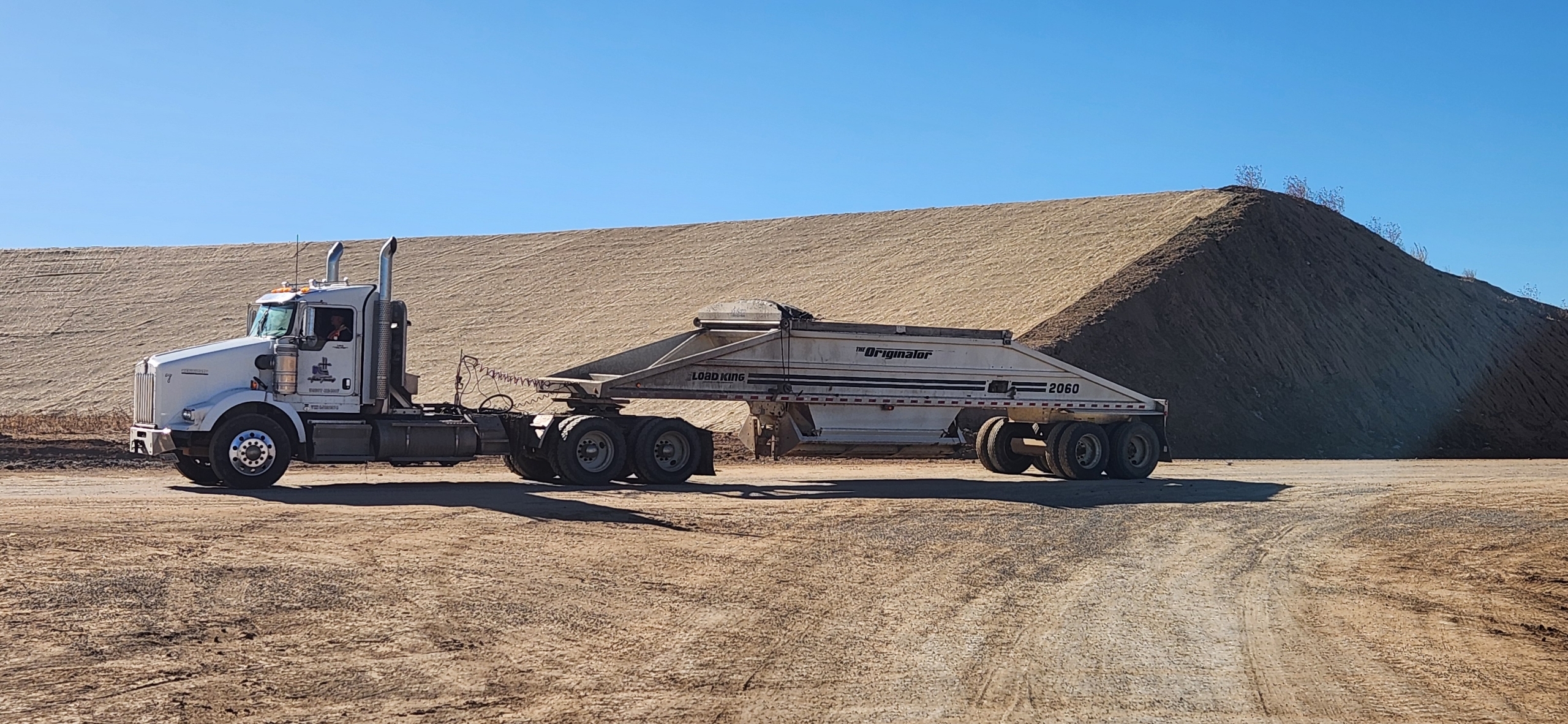
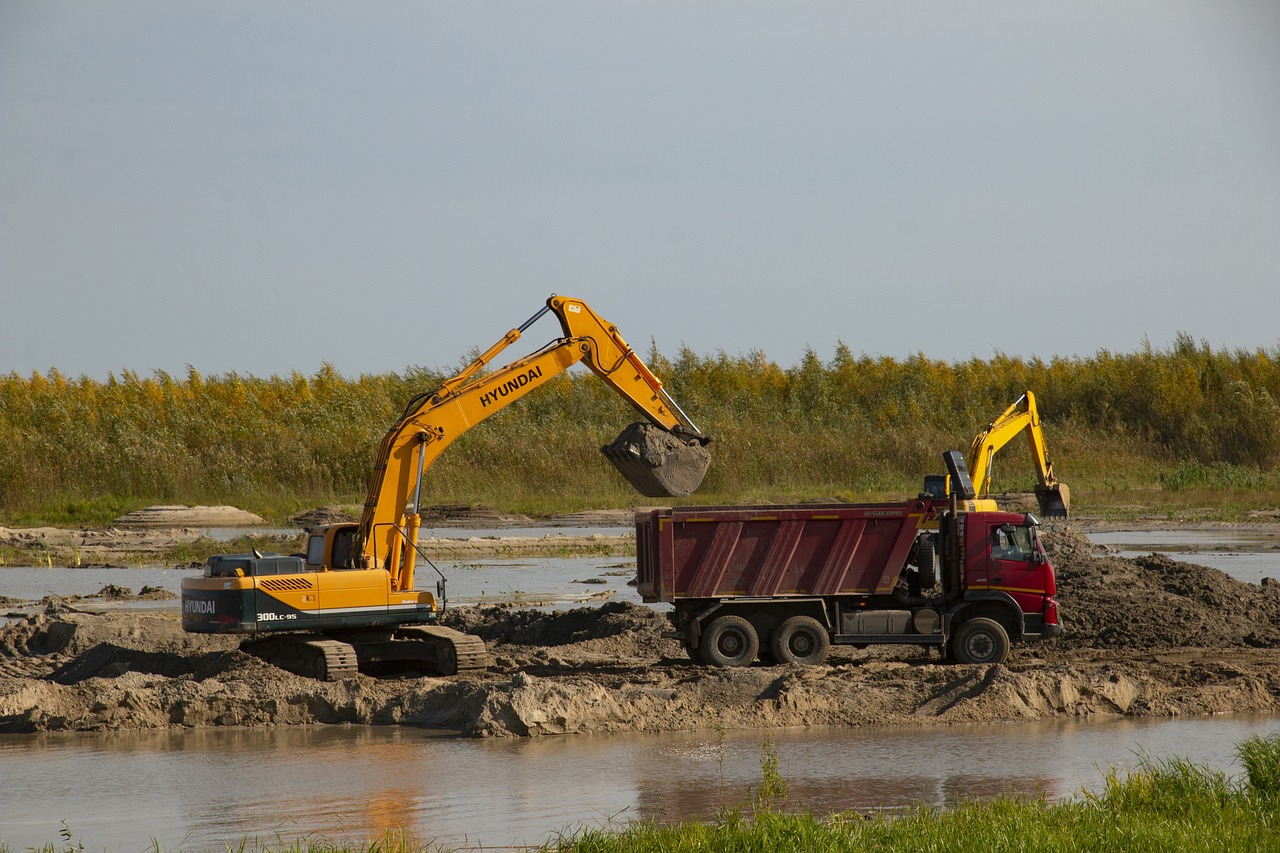

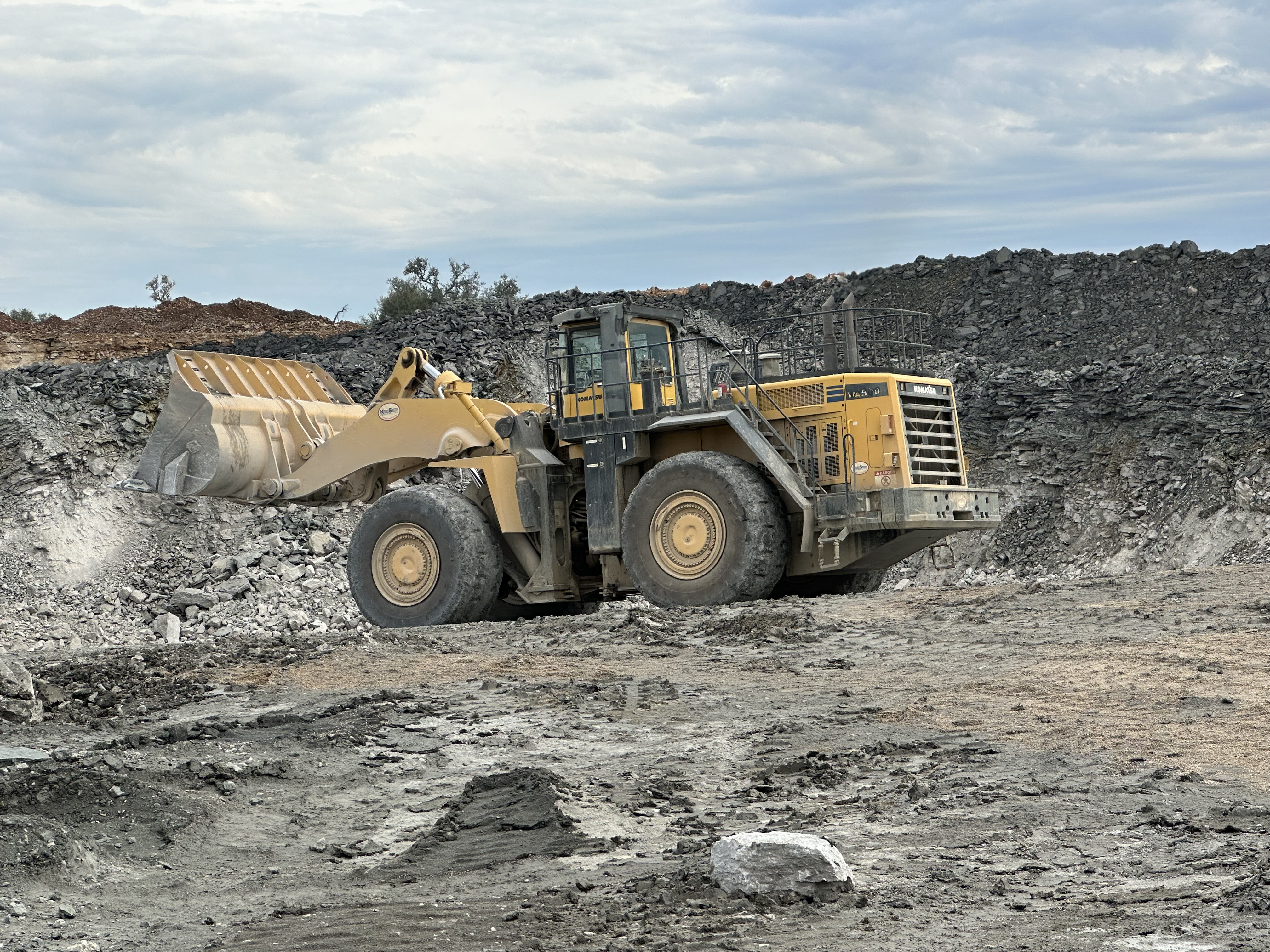
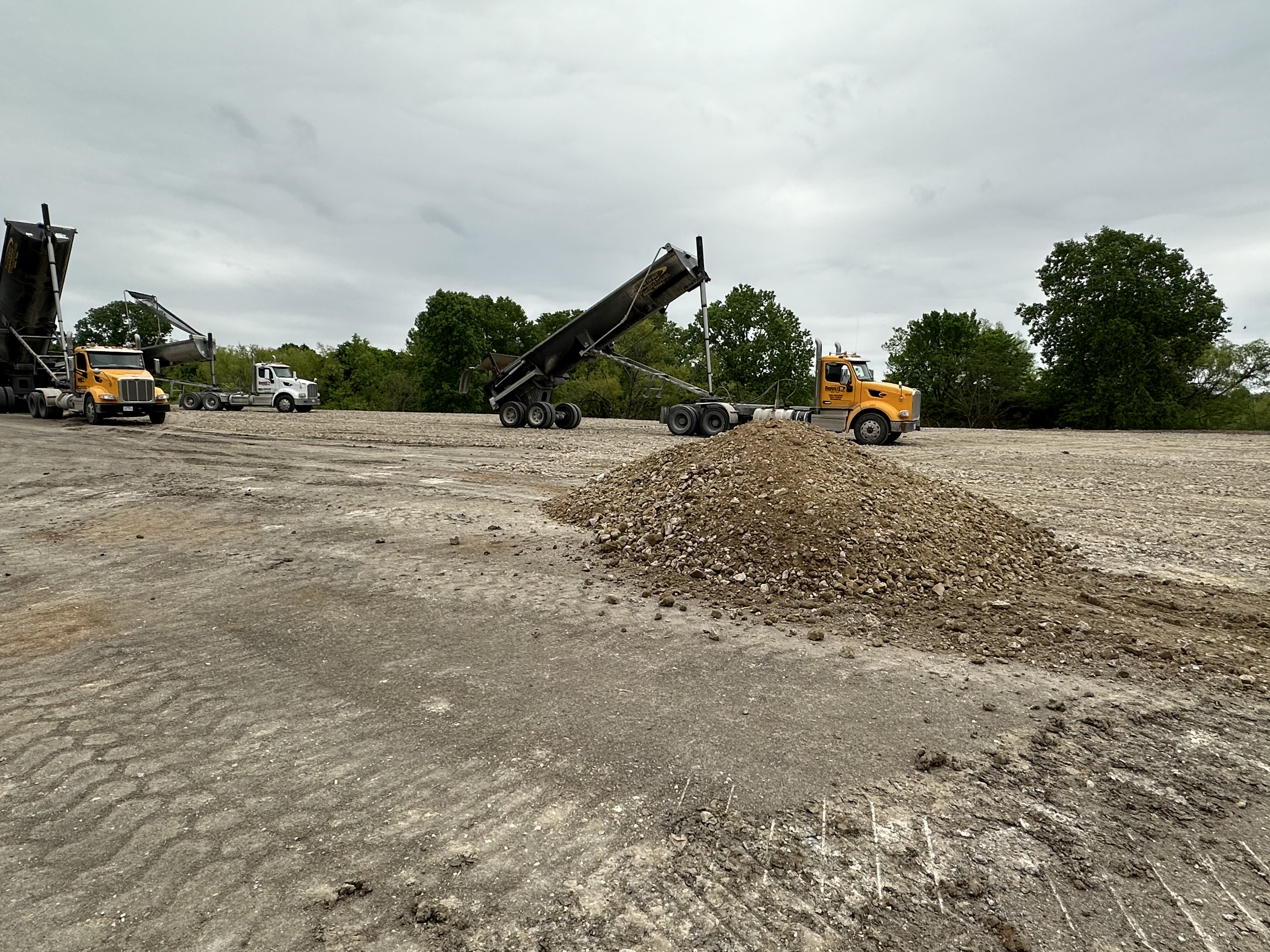
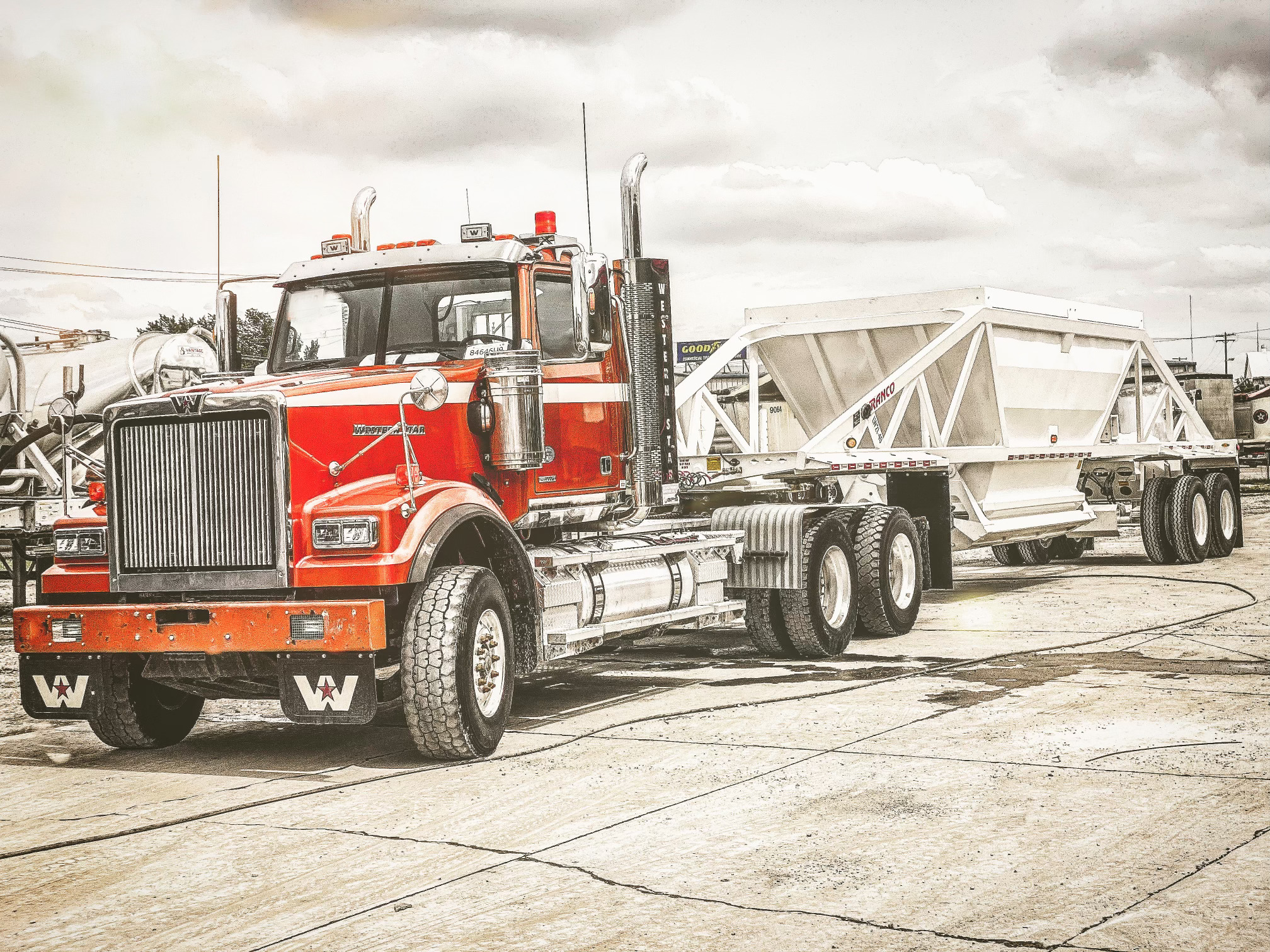
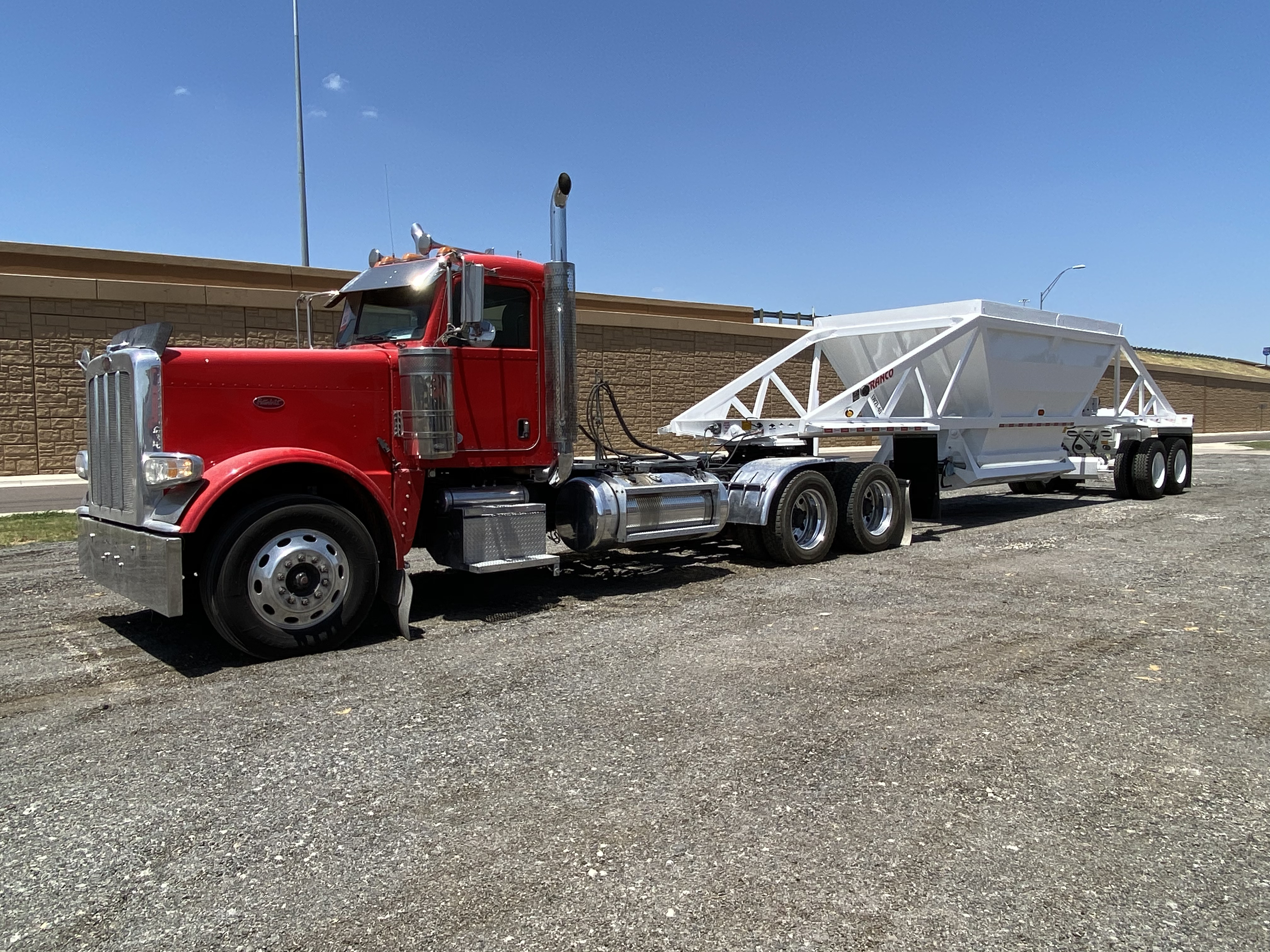


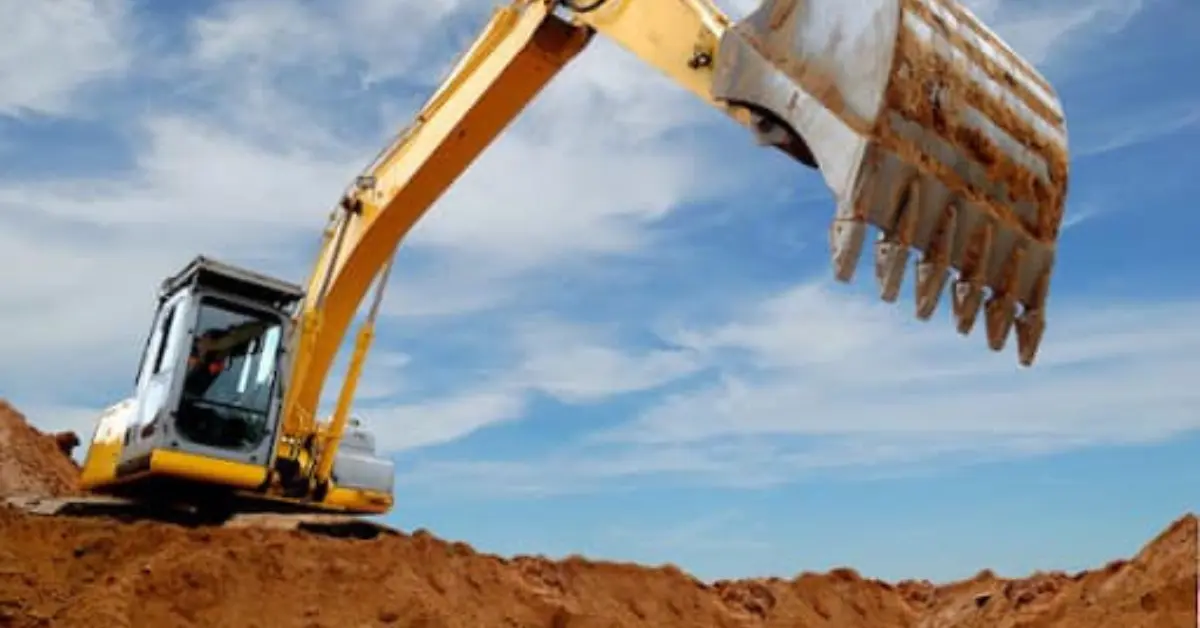
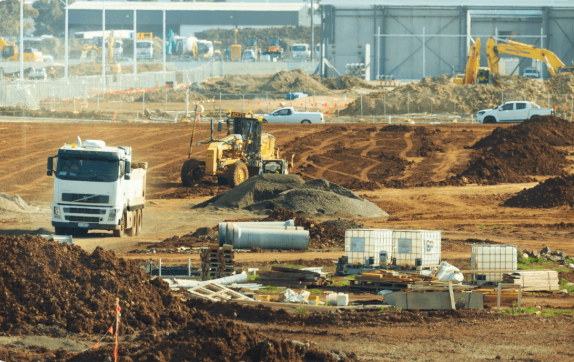
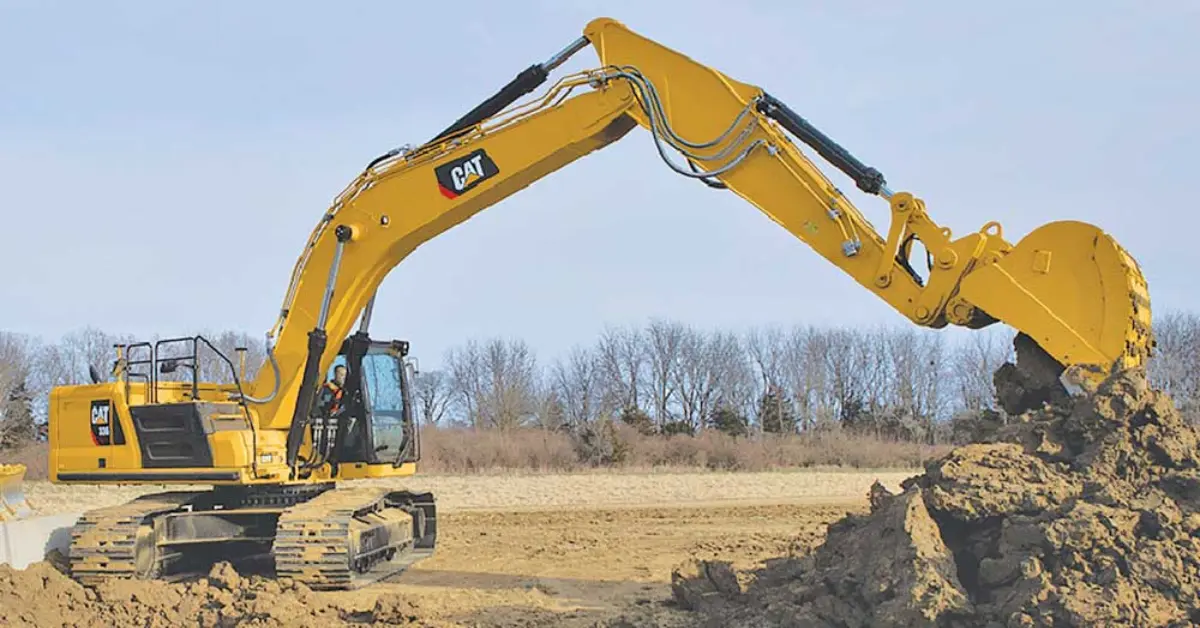

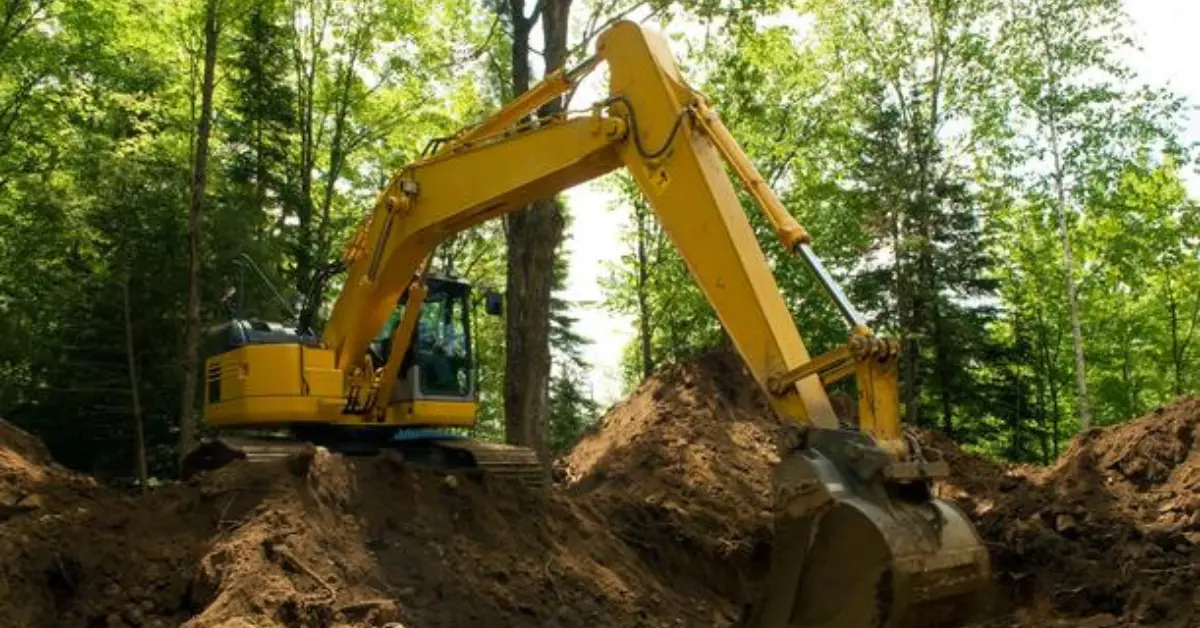
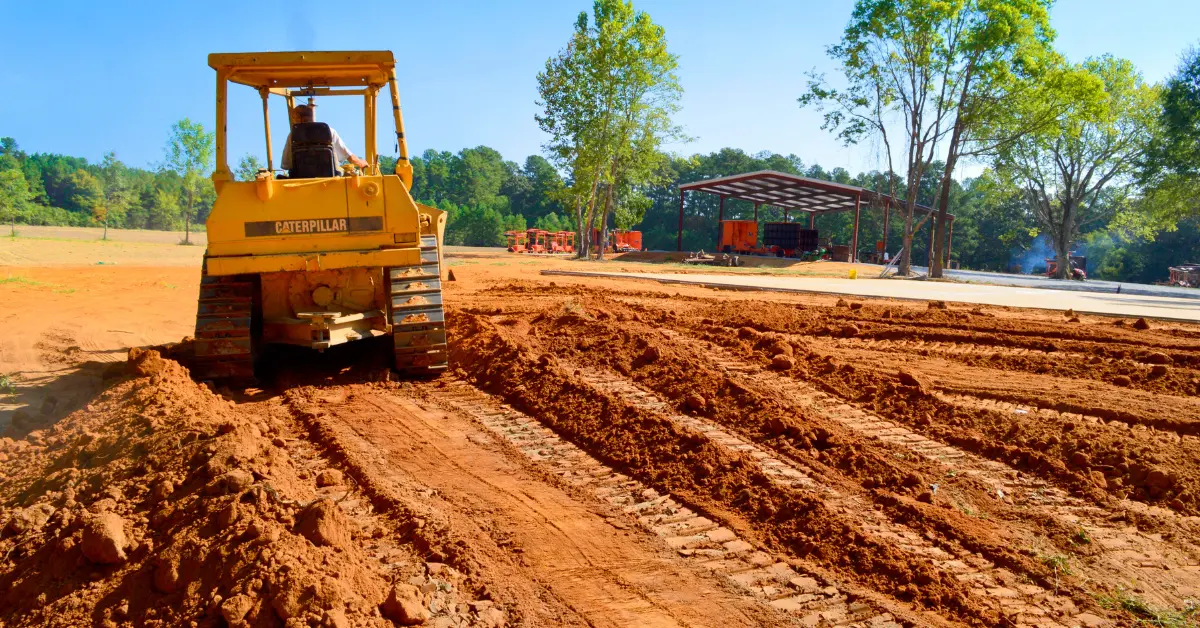
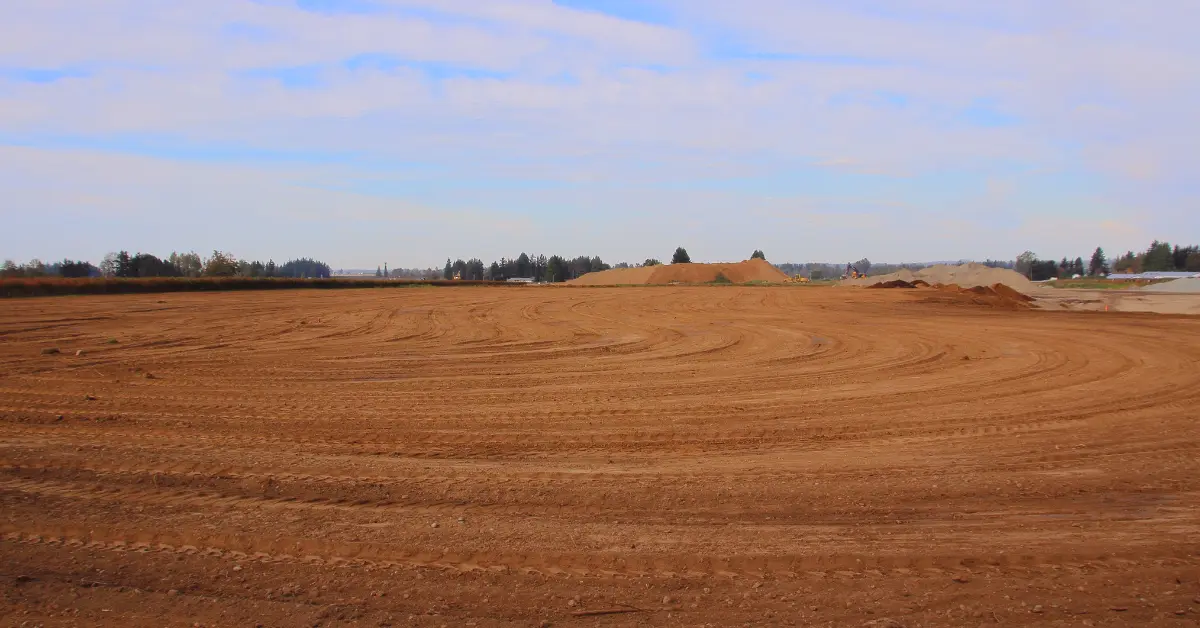





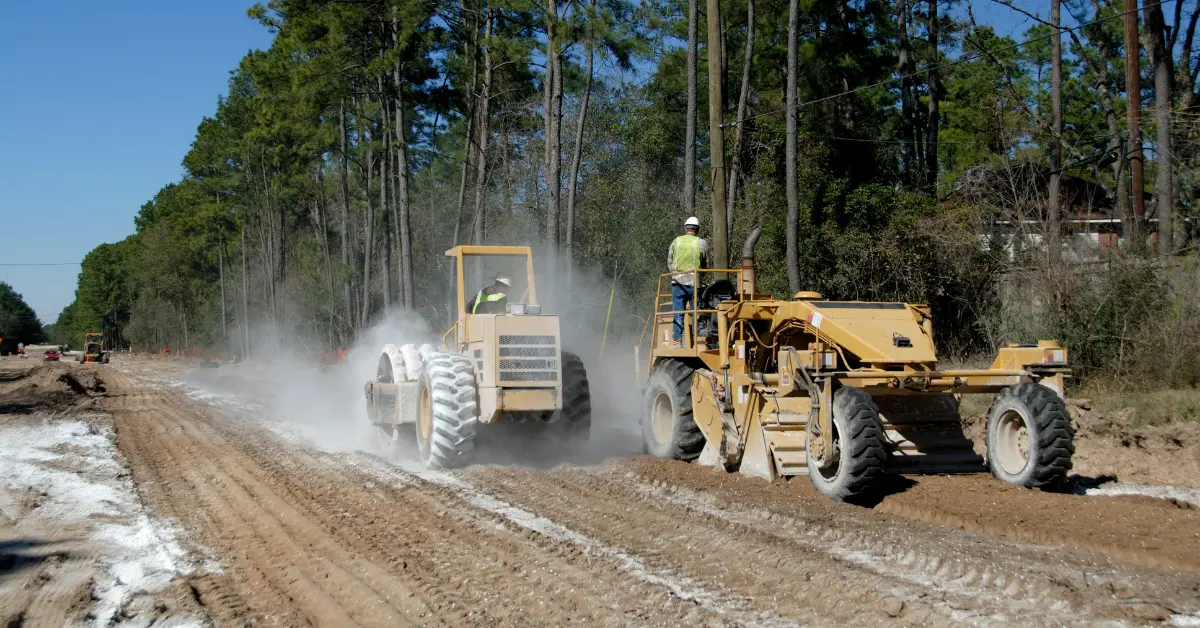




.jpg)













































